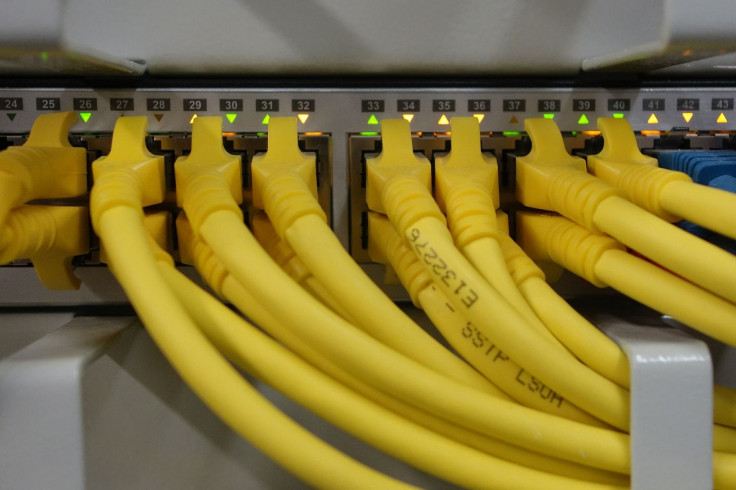Rural Broadband Internet Access: How Trump Budget Will Affect High-Speed Infrastructure

President Donald Trump introduced his first federal budget outline on Thursday. Within the proposed plan are indicators of the administration’s plans for broadband and internet infrastructure, including a focus on future technologies—along to massive cuts to existing ones.
There isn’t much mention of telecommunications in general within the Trump budget, but the administration does specifically state its intention to continue funding the National Telecommunications and Information Administration (NTIA).
Read: Trump Budget Cuts: Spending Blueprint Expected To Target EPA, State Department, Safety-Net Programs
The NTIA is agency within the Department of Commerce that deals with telecom infrastructure for federal and commercial use, develops policy for internet economy, online privacy and cybersecurity-related issues.
It also oversees the investment of nearly $4 billion in broadband projects throughout the country through two major grant programs, the Broadband Technology Opportunities Program and the State Broadband Initiative.
According to the text of the budget, the Trump administration “supports the commercial sector’s development of next generation wireless services by funding NTIA’s mission of evaluating and ensuring the efficient use of spectrum by government users.”
While the budget does offer support for the continuation of the NTIA, it doesn’t dictate how much will be budgeted to the administration. In the the 2016 budget under President Barack Obama, Department of Commerce Secretary Penny Pritzker requested $49 million in funding for the NTIA.
The Trump administration may remain verbally, if not financially, committed to the NTIA for the time being, but cuts made in the proposed budget would also slash broadband infrastructure projects in rural areas—including those locations that the President carried in the 2016 election.
The Trump budget calls for the elimination of 19 independent agencies including the Appalachian Regional Commission (ARC), which has dedicated significant resources to expanding broadband infrastructure in Appalachia.
Read: FCC Prevents Nine Companies From Providing Subsidized Internet To Low-Income Users
Reaching rural areas with high speed internet has been a struggle for telecom companies, as it is costly to expand infrastructure into an area where population is sparse.
According to the FCC’s most recent report, 34 million Americans—or about 10 percent of the population—still lack access to broadband internet, including 23 million people living in rural America.
A map of available broadband connections in the country reveals that much of Appalachia—including large chunks of West Virginia, Alabama and South Carolina—are without access to high speed internet.
The impact of delivering those high speed connections to rural communities can be very beneficial. According to ARC’s broadband investment plan released last year, 80 new jobs are created for every additional 1,000 broadband users served, and that a gain of 4Mbps of internet speed can increase household income by $2,100 a year.
© Copyright IBTimes 2024. All rights reserved.





















